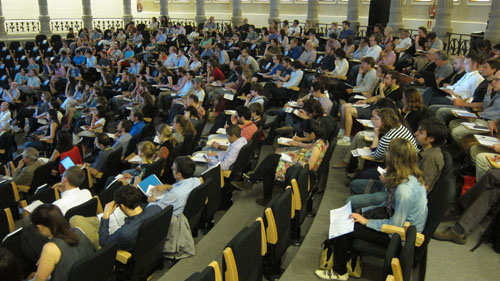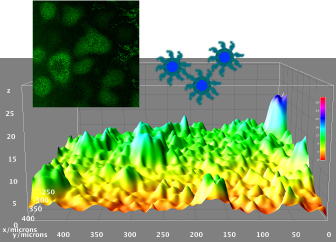Israel’s former Chief Scientist among visitors for TAU/IBEC symposium
 Next week, top scientists from Tel Aviv University (TAU), including Israel’s former Chief Scientist of the Ministry of Science and Technology, are visiting Barcelona to take part in a joint symposium with IBEC.
Next week, top scientists from Tel Aviv University (TAU), including Israel’s former Chief Scientist of the Ministry of Science and Technology, are visiting Barcelona to take part in a joint symposium with IBEC.
With many similarities between Catalonia and Israel – which are almost neck-and-neck when it comes to research output in Science and Nature, with over 30 publications per million inhabitants and similar levels of funding under FP7 – this event builds on the fact-finding mission of Artur Mas and Barcelona-based scientists to Israel last year and is supported by AGAUR.




